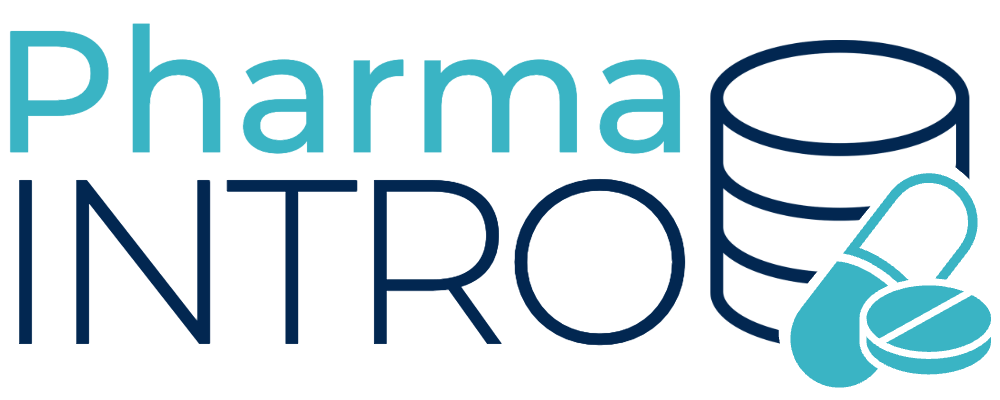The life science industry is heavily regulated, and navigating the regulatory landscape can be a complex and challenging task. Companies need to ensure they are compliant with various rules and regulations while also bringing innovative products to market as quickly as possible. In this blog post, we’ll explore some key considerations for navigating the regulatory landscape in the life science industry.
- Understand the Regulatory Environment: The first step in navigating the regulatory landscape is to gain a thorough understanding of the regulatory environment. This includes understanding the various regulatory bodies, their mandates, and the regulations that govern the industry. In the United States, for example, the Food and Drug Administration (FDA) is responsible for regulating drugs, biologics, medical devices, and other products. It’s important to stay up to date with regulatory changes and updates to ensure compliance.
- Identify Regulatory Requirements: Once you understand the regulatory environment, the next step is to identify the specific regulatory requirements that apply to your product. These requirements can vary depending on the type of product, its intended use, and the regulatory body overseeing it. For example, medical devices may need to undergo clinical trials and obtain FDA clearance before they can be marketed.
- Develop a Regulatory Strategy: Developing a regulatory strategy is a critical component of bringing a product to market. This strategy should outline how the product will meet regulatory requirements, including the necessary testing and documentation. It’s important to develop a comprehensive regulatory strategy early in the product development process to avoid delays and setbacks later on.
- Engage with Regulatory Agencies: Engaging with regulatory agencies early and often can help streamline the regulatory process. This can include pre-submission meetings with the FDA or other regulatory bodies to discuss the product and its intended use. By engaging with regulatory agencies, companies can gain valuable insights into the regulatory process and identify potential issues before they become major roadblocks.
- Monitor Regulatory Changes: The regulatory landscape is constantly evolving, and companies need to stay abreast of regulatory changes that could impact their products. This includes changes to regulations, guidelines, and best practices. By monitoring regulatory changes, companies can proactively adjust their regulatory strategies and ensure ongoing compliance.
Navigating the regulatory landscape in the life science industry can be a complex and challenging task, but by understanding the regulatory environment, identifying regulatory requirements, developing a comprehensive regulatory strategy, engaging with regulatory agencies, and monitoring regulatory changes, companies can successfully navigate the regulatory landscape and bring innovative products to market while remaining compliant with regulatory requirements.

